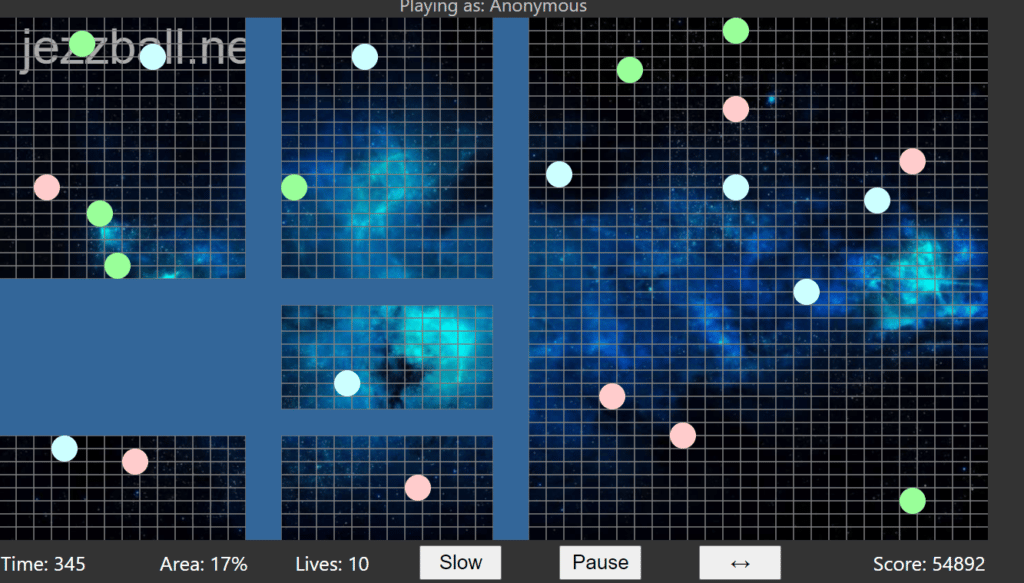This is the Second Post to this multi-post series on Integration Strategy and Games. Check back for Part III and beyond.
If you haven’t seen our last post “Integration Strategy: Part I“, read that post first for context.
TLDR: Set business goals of what Integrations will accomplish
Now that we have broken out each of the integrations into their own sections, we can start to set the business goals for what we want to accomplish. The task is to make sure we put up enough walls to prevent conflicts between other non-like integrations, while also allowing controlled interactions of some data between similar content.
The items below are broken into vertical thirds. Starting Top to Bottom of each third. These are examples of what each integration might hold, but to give a sense of breaking them out.
- 1. ITSM Integrations/Processes (MSP Incidents Inbound/Outbound)
- 2. User Management/HR (Active Directory/Workday)
- 3. Projects and Stories (Jira, Homegrown Application #1)
- 4. Customer Service (CTI Integration)
- 5. ITOM Event Management (Homegrown Application #2)
- 6. CMDB (11 total, including SCCM and REST API)

Here is a sample table below in which you can use to setup possible review of content. For each integration (in a category) you will want to examine how each question would affect your possible integration or system. Every question will add a wall up to prevent unwanted connections. We eventually want each ball to be its own compartment secluded from the rest of the balls in the game. However, that’s not how data always responds if you are using shared data. Even custom tables can have interactions with other information, like Users and Roles for access to those custom tables. The real data might be flatter or more multi-dimensional than listed below. The overall task is to reduce the amount of issues you will run into by addressing as much as you can up front.
| ITSM | User Mgt | Projects/ Stories | Customer Service | ITOM Event | CMDB | |
|---|---|---|---|---|---|---|
| Interactions | ||||||
| Security Review | ||||||
| APIs Available | ||||||
| Data Direction Flow | ||||||
| Payload Complexity | ||||||
| ETL Data | ||||||
| Process Complexity | ||||||
| Core Data or Supplemental | ||||||
| # of Triggers | ||||||
| API Documentation | ||||||
| Technical and Process SMEs | ||||||
| Existing Integrations | ||||||
| OnPrem or Cloud |
- Key for rows above
- How does this interact with current area of system
- How does this interact with other areas of system
- Has a security review been completed?
- What kind of API’s are available? REST, SOAP, JDBC? Etc.
- What is the data flow of the integration? Is it unidirectional or bidirectional?
- What is the payload of the integration? Simple, medium or complex?
- How much ETL (Extract, Transform, Load) of payload data is required?
- How complex is the process this integration is fitting in to? Does a new process need to be developed?
- Pull corresponding data or is the integration part of the process?
- How many triggers are a part of this integration? When is the integration firing?
- How detailed is the API for the third-party app? Can client provide one now?
- Are SME’s (Technical and Process) for third party app available?
- Are there other integrations that are in scope as a part of this engagement?
- OnPrem or in the Cloud? Will you need a connection to the network?
If you are interested in discussing integration strategy and how Harmedia Studios can help your company or organization with their integrations, reach out to info@harmediastudios.com.